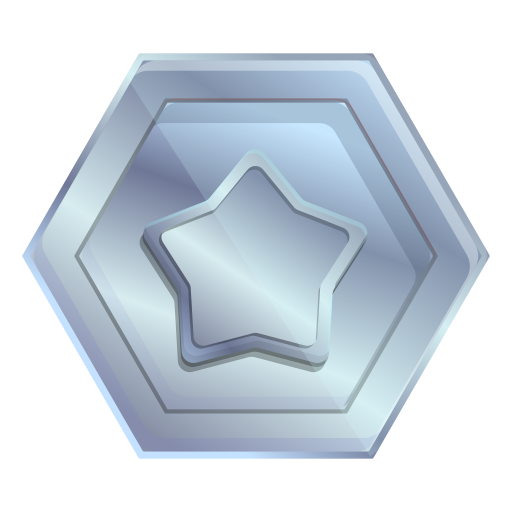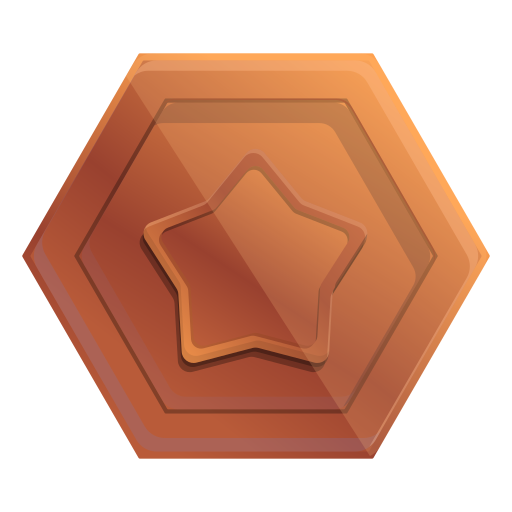
Your Path to WASSCE Success
Welcome to our Chemistry course! Chemistry can sometimes feel like a foreign language, and many students face challenges grasping its concepts.
But we’re here to support you every step of the way! In this course, we’ll explore the fascinating world of chemical reactions, periodic trends, and molecular structures in a way that feels accessible and exciting.
With hands-on experiments and real-world examples, we aim to inspire you to see the beauty in chemistry and help you feel fully prepared for your WASSCE. Together, we can unlock the secrets of matter!

Course Objectives
By the end of this high school chemistry course, students will have developed a strong foundation in chemistry principles, analytical skills, and problem-solving skills. The main objectives are as follows:
1. Understanding Fundamental Concepts:
- Grasp the structure of atoms, chemical bonds, and reactions.
- Learn periodic trends and the significance of the periodic table.
2. Applying Chemical Principles:
- Use knowledge of chemical equations, stoichiometry, and gas laws to solve problems.
- Apply thermochemical concepts to understand energy changes in reactions.
3. Problem-Solving & Critical Thinking:
- Analyze chemical processes and predict outcomes using logical reasoning.
- Evaluate solutions in environmental and industrial applications.
Course Content
Module 1: Matter and Its Properties
- States of matter (solid, liquid, gas, plasma)
- Physical vs. chemical properties
- Classification of matter (elements, compounds, mixtures)
- Changes in matter (physical vs. chemical changes)
Module 2: Atomic Structure and Periodic Table
- History of atomic models (Dalton, Thompson, Rutherford, Bohr, quantum model)
- Subatomic particles (protons, neutrons, electrons)
- Atomic number, mass number, isotopes
- Electron configurations and periodic trends (atomic radius, ionization energy, electronegativity and other periodic trends)
Module 3: Chemical Bonding and Molecular Structure
- Ionic bonding (formation, properties)
- Covalent bonding (single, double, triple bonds)
- Metallic bonding and properties of metals
- Molecular geometry
- Polarity and intermolecular forces (dipole-dipole, hydrogen bonding, dispersion forces)
Module 4: Chemical Reactions and Stoichiometry
- Types of chemical reactions (synthesis, decomposition, single replacement, double replacement, combustion)
- Writing and balancing chemical equations
- Mole concept (Avogadro’s number, molar mass)
- Stoichiometry and mole-to-mole calculations
- Limiting reagents and percent yield
Module 5: States of Matter and Gas Laws
- Properties of gases, liquids, and solids
- Kinetic molecular theory
- Gas laws (Boyle’s, Charles’s, Gay-Lussac’s, Avogadro’s, Ideal Gas Law)
- Dalton’s Law of Partial Pressures
Module 6: Thermochemistry and Energy Changes
- Energy and chemical reactions (exothermic vs. endothermic)
- Heat and calorimetry
- Hess’s Law and enthalpy calculations
- Spontaneity, entropy, and Gibbs free energy
Module 7: Solutions and Their Properties
- Solubility and factors affecting dissolution
- Concentration units (molarity, molality, percent composition)
- Colligative properties (boiling point elevation, freezing point depression, osmotic pressure)
- Acids and bases (Arrhenius, Bronsted-Lowry, Lewis’s definitions)
- pH, pOH, and titrations
Module 8: Chemical Kinetics and Equilibrium
- Reaction rates and factors affecting rate (temperature, concentration, catalysts)
- Rate laws and reaction mechanisms
- Dynamic equilibrium and Le Chatelier’s Principle
- Equilibrium constant (K) calculations
Module 9: Electrochemistry
- Redox reactions (oxidation, reduction)
- Balancing redox equations
- Electrochemical cells (galvanic vs. electrolytic)
- Standard electrode potentials and applications
Module 10: Nuclear Chemistry
- Radioactive decay (alpha, beta, gamma)
- Half-life and nuclear reactions
- Fission vs. fusion
Module 11: Organic Chemistry
- Introduction to hydrocarbons (alkanes, alkenes, alkynes)
- Functional groups and organic reactions
- Biomolecules (proteins, carbohydrates, lipids, nucleic acids)
Course Assessment
- Quizzes and Assignments
- Group discussions and problem-solving exercises

Gold Package
This is our one-year Chemistry program.

Silver Package
This is our six-month Chemistry program

Bronze Package
This is our three-month Chemistry program